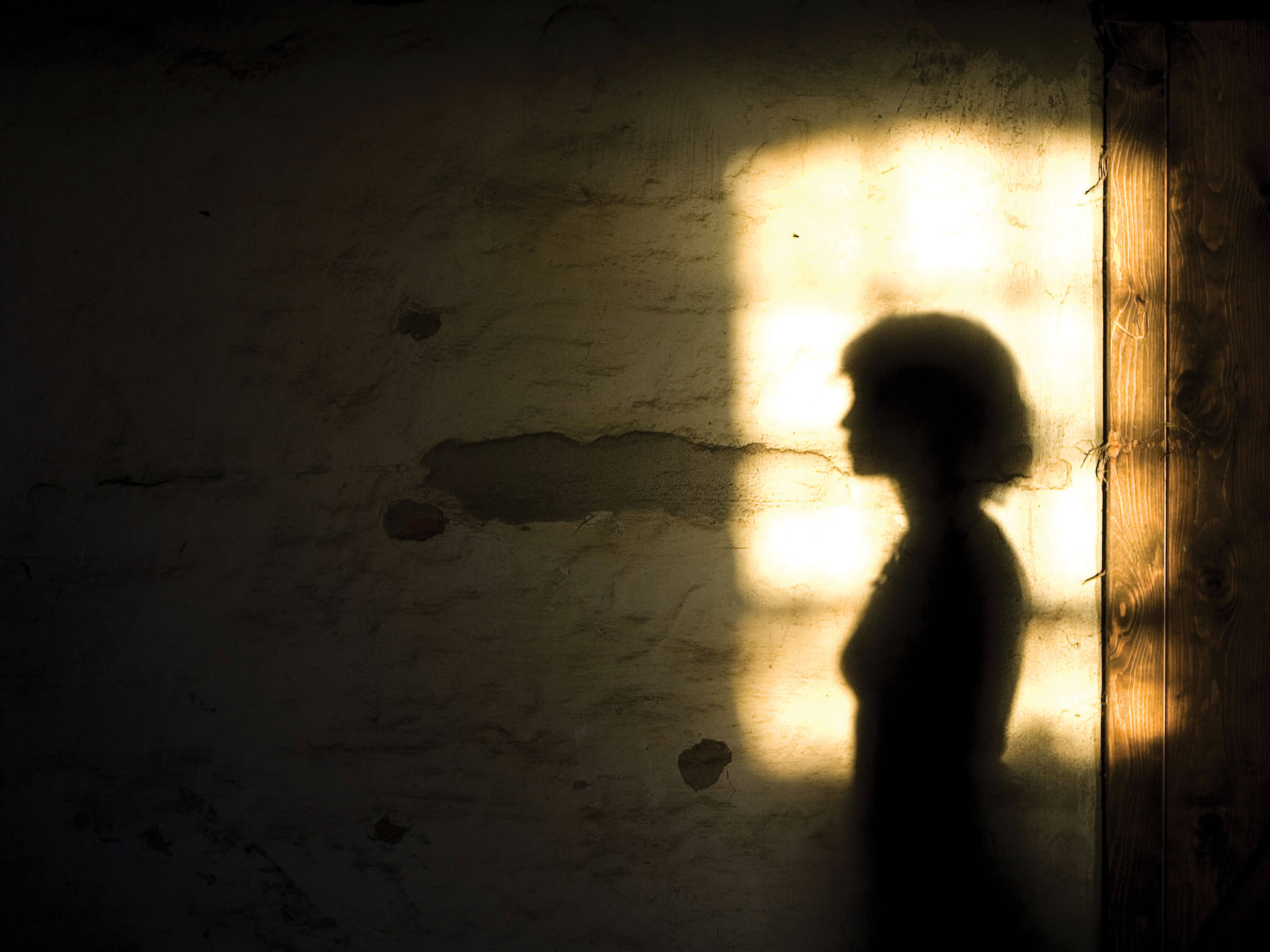
Beyond the Headlines
A professor’s research reveals journalists’ unethical treatment of Yazidi women.
Johanna Foster was waiting in line at a coffee shop when a prominent newspaper headline caught her eye. She immediately felt aggravated.
The headline highlighted the sexual violence against female members of the Yazidi religious community—one of Iraq’s oldest and most persecuted minorities—by Islamic State militants.
“As someone who has studied gender equality for years, I couldn’t even read the story because my initial thought was that it was going to be a voyeuristic portrayal of gender violence, particularly violence against racial and ethnic minority women,” says Foster, an assistant professor of sociology. “Women of color in the U.S. and around the world are either hyper-invisible or hyper-exposed when it comes to gender violence.”
Indeed, the article turned out to be one of the many that sensationalized a “Yazidi rape and enslavement” narrative while largely ignoring other crimes against the Yazidi people and the underlying factors that contributed to the conflict. The publications involved also seemed to brazenly disregard ethical concerns about revealing victims’ real names or photographing their faces.
So Foster and a colleague, Sherizaan Minwalla, practitioner-in-residence in the International Human Rights Law Clinic at American University, decided to speak directly to Yazidi women about their experiences with journalists to determine whether unethical reporting practices had taken place. The researchers published their findings in Women’s Studies International Forum earlier this year.
In total, Foster and Minwalla interviewed 26 Yazidi women, listening to their complex and compelling stories of surviving ISIS captivity or fleeing ISIS during the attacks. Of the survivors who interacted with media, 85 percent described unethical journalistic reporting practices such as the disclosure of identity without consent or being pressured to reveal traumatic details of their rape and sexual assault.
“Some of the violations that we heard of were clear breaches of the privacy of survivors, such as showing their faces or revealing places where they live. There were cases where women asked that their children not be photographed, and members of the media still did it,” says Foster. “Some women were explicitly promised something in exchange for telling their story, like money or assistance for family members.”
Both the United Nations Global Protection Cluster and the Dart Center for Journalism and Trauma have created ethical guidelines for reporting on sexual violence in conflict zones. Foster recommends that journalists educate themselves both in these principles as well as the cultural context in which they’re reporting.
“I was shocked by the extent to which journalists seemed unaware of the level of threat to the survivors, not just from ISIS but also from members of their own community,” she says. “Women and girls are at risk for retaliation, and some were still in captivity and being harmed when these stories came out.”
The report is already making waves, with significant press coverage and discussion by the UN High Commission for Human Rights. In addition, Foster and Minwalla have been invited to speak this summer with representatives from the Office of the Special Representative of the UN Secretary General on Sexual Violence in Conflict.
Ultimately, Foster says she hopes the findings increase the amount of care and concern that the media—as well as society as a whole—give to survivors of sexual violence.